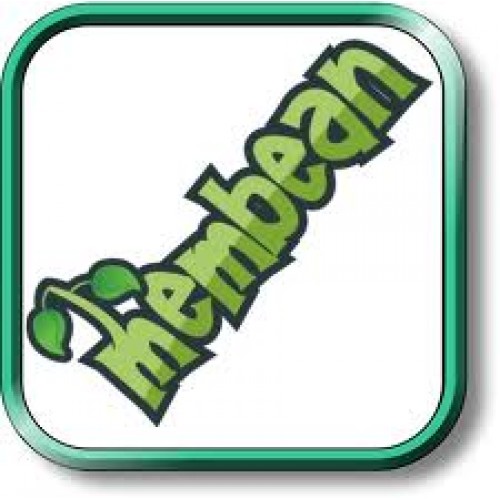Membean

January 22, 2019
It’s Sunday night, around 11 pm. You’ve finally finished all your homework, after what felt like hours of stress and exhaustion. As you relax in bed scrolling through social media, you get a text. It reads “have you done your membean?” Panic rushes through your body as you come to the chilling realization, No. You have not done your membean. The same 180 minutes of membean due in an hour. You solemnly put down your phone and drift off to sleep, accepting the inevitable zero in the grade book and shot to your ego you will soon be forced to face. We’ve all been there, droning in front of the computer screen praying the youtube video playing in your other tab doesn’t create dubious minutes. All this considered, you may be wondering “What’s the point?” As stated by membean themselves, “Membean provides guided, engaging, multimodal vocabulary instruction while our Adaptive Reinforcement Engine helps students retain what they learn.” Well membean, I and many other students would beg to differ.
Membean’s mission statement sounds great in theory, however it seems to lack in execution. With confusing word maps and images that have little connections to the words they’re representing (seriously, how is a picture of Einstein with his tongue out going to help me remember cerebral!) it is hard to retain much of anything at all. As far as “multimodal vocabulary,” goes I couldn’t tell you what that means due to the fact that I’ve been studying the same set of words since middle school. After chatting with some of my fellow students about their opinions on the program, they have all generally come to the same conclusion. Here’s what sophomore Michaela Miller had to say about it; “In all honesty, I don’t actually think it helps me learn new words as much as it as much as teachers think it does. It is not my favorite thing nor do I prioritize it unless it’s extra credit. it’s just a piece of work that lingers in the back of my mind.” Fellow students Maria Derisavi and Kaelyn Dillon describe it as “boring and annoying, rather than exciting and engaging,” and as a “burden that stunts motivation.”
A main component of this negativity seems to stem from the fact that credit is given on the basis of time rather than actual learning. This sends a bad message to students, subconsciously teaching them that all you need to do to get the grade is watch a few word theaters and click on some answers for 45 minutes a week. Well some may argue that it is up to the students to take learning responsibility into their own hands, how can you expect students to value this program if they’ve seen their progress marked by a timestamp continually for the past three years. This time-based credit has proven to be especially difficult for our busiest Raiders, from student athletes clocking in minutes between practices, to AP students staying up to obscure hours of the night just to meet the mark. With all that being said, membean isn’t evil. It represents effort towards a better education for students through technology, a stepping stone to the future.



